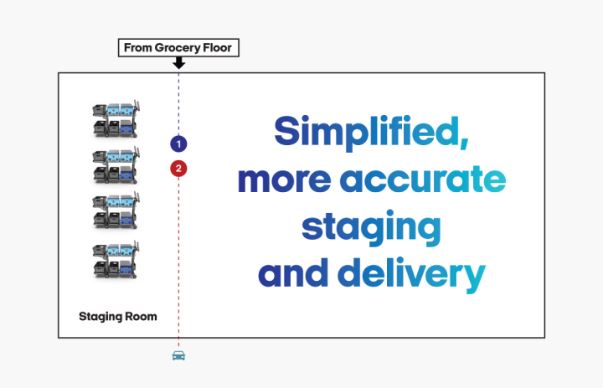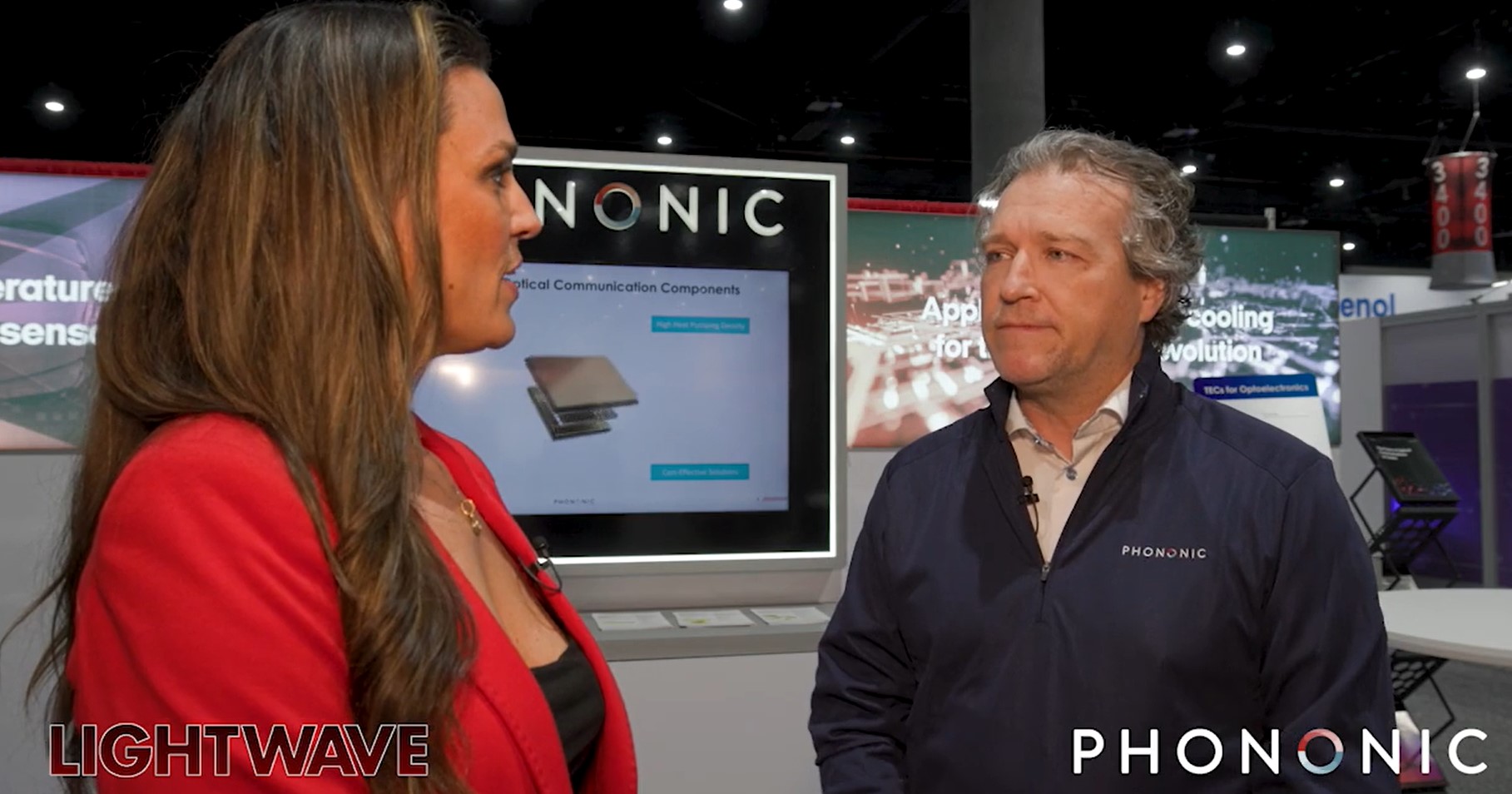How Heat Load Calculation Works
June 14, 2019
Heat load calculation refers to the process of determining heat load for a certain space or quantity of matter. Heat load is the amount of heat energy that needs to be added to maintain a desired temperature setpoint. It may also be referred to as heating load or thermal load. The amount of heat energy that needs to be removed from the space in order to reach the desired setpoint is referred to as cooling load. Noting the distinction between heating and cooling loads is common in the HVAC industry in particular. A heat load calculation determines the amount of heat energy that should be added or removed to reach the desired setpoint.
How Heat Load Calculation Works
Heat load calculation varies depending on the type of heat load. For example, electrical heat load is calculated in a different way than conduction and convection heat loads, or the heat load of a room in a house. To perform a heat load calculation of a room, calculate the area of the room, as well as the heat gain (for example, through windows). Then calculate the heat generated by the occupants of the room, which should be about 600 BTU per person. You should then calculate the heat generated by any equipment or machinery, as well as lighting. The total heat load for the room is the sum of heat produced by all of these factors.
Electrical heat load is calculated using the power law equation. The formula for power law is P=I*V, where P = power, I (or J) = international ampere or intensity, and V = voltage. If you wanted to measure the heat generated by conduction, you would use the formula: k*A*ΔT/l, where k = temperature in Kelvin, A = amperage, ΔT = temperature delta, and I = international ampere or intensity. And to measure the heat load from conduction, you would use: h*A*ΔT, where h = heat transfer coefficient, A = amperage and ΔT = temperature delta.
Heat Loads in Thermoelectric Coolers
In any conversation about heat loads being managed by thermoelectric coolers (TECs), it is important to look at active heat load versus total heat load. Active heat load is defined as the input power that is used by the components the TEC is cooling. Total heat load adds any passive heat loads. In optical laser cooling, passive heat loads, which are parasitic in nature, include convection or conduction passing through the wires that connect to a laser assembly.
Heat load in an assembly increases as wires are added from the cold side of the TEC to the relatively hot surroundings, and head load also increases as wire length shortens. For small, intricate packages like lasers, wire heat loads can sometimes equal the active heat load, so they are a real factor to consider. For cooling the lasers used in optical communications, proper TEC design will achieve a balance between minimizing power consumption and achieving other requirements such as form factor or maximum heat pumping capability. Heat load calculation is critical to striking this balance.
Heat Load Calculation from Phononic TECs
Compared to alternatives, Phononic TECs provide 60% higher heat pumping density and 30% less energy usage. Our TEC solutions are customizable for optoelectronics used in common types of fiber optic transceivers, as well as in solid state refrigerators and freezers such as the ones we manufacture for use in healthcare, life sciences and retail food & beverage applications.










